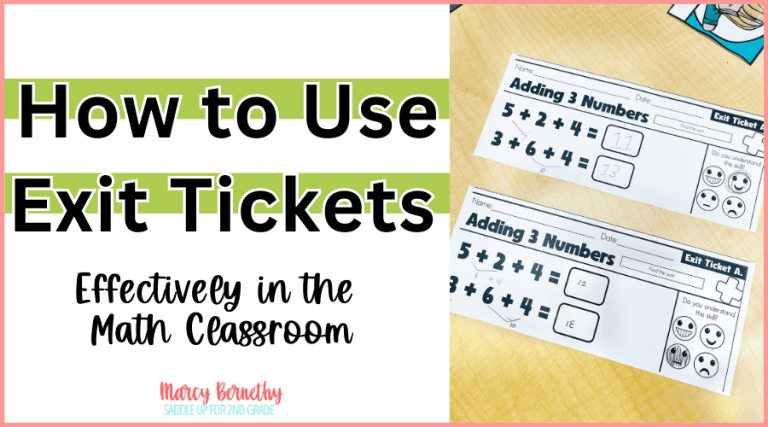

Join me for a FREE, Guided Math workshop to discover how to easily incorporate Guided Math into your current schedule!
Have you ever wondered how to use math interactive notebooks most effectively with your students? There are so many ways to use interactive notebooks with any subject and concept, especially math!
Contrary to what some may think, interactive notebooks are not just cute flip-flap activities. They are a way for students to express themselves and show what they’ve learned about a concept or skill.
In part 1 of my 3-part interactive notebook blog series, I broke down exactly how to get started with interactive notebooks. I went over everything from the benefits and materials to actual prep and set up.
In part 2, I shared a ton of teacher-proven tips and tricks that I have learned throughout the years for storing, organizing, using, and teaching interactive notebook procedures effectively.
Today, I’m going to share 5 interactive notebook examples (also known as math journals) most effectively in your classroom in the 3rd and final part of the blog series!
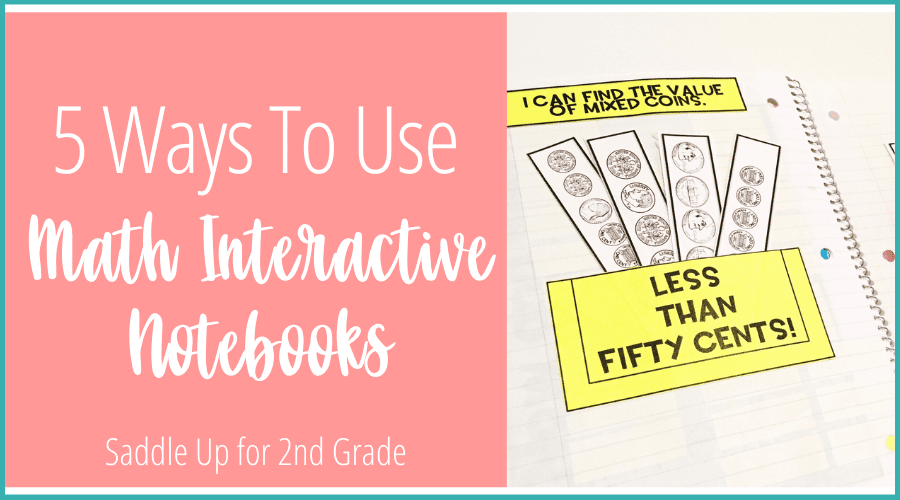
The first way to use math interactive notebooks is for note taking. Your students can use their interactive notebooks to take notes, create KWL charts, graphic organizers, and more!
KWL charts are not just for ELA concepts. In fact, they are very helpful to use at the start of any new math unit. Your students can use a pre-made KWL template or create their own in their math interactive notebook.
Before introducing a new concept, ask students to fill out what they already know about the concept. This is a great way to get them thinking. It also helps you as the teacher see what prior knowledge they have.
Next, ask them to think about what they want to learn about the concept. This would be a great time to have a class discussion or have students turn and talk to a partner to think even deeper about the concept and how it applies to the real world.
This will get them excited to learn about the concept, which leads to higher student engagement throughout the unit. They’ll be excited to come back to the chart at the end of the unit to record what they learned and see if they answered any of their initial questions.
Question webs are another great note-taking strategy that students can create in their math interactive notebook. Have students write down questions about what they wonder or want to learn about a concept.
Similar to the “W” section of the KWL chart, it is helpful to have mathematical conversations to spark student thinking.
A great way to do this is to create a question web alongside an educational video or BrainPop video. As your students watch the video, they can journal about questions they are curious about.
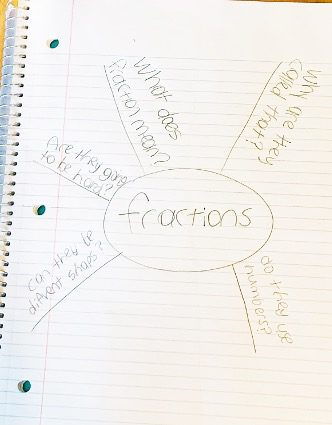
Another way for students to use math interactive notebooks is for problem-solving. Students can use their math journal to solve a daily word problem.
You can incorporate this into your morning work, whole group mini lessons, small group lessons, or as a math warm-up. You can also have students complete a problem solving journal activity alongside your number of the day study.
Students will simply glue the problem into their math journal and use the space to solve the problem and show their work. This gives them plenty of space to solve using any strategy they’ve learned that best suits their learning style.
They can draw a model, picture, or use the algorithm. I like to encourage students to write their answer in sentence form as well.
All of my guided math units for 1st, 2nd, and 3rd grade, such as this 2nd Grade Subtraction with Regrouping Unit, include a daily word problem in each lesson plan.
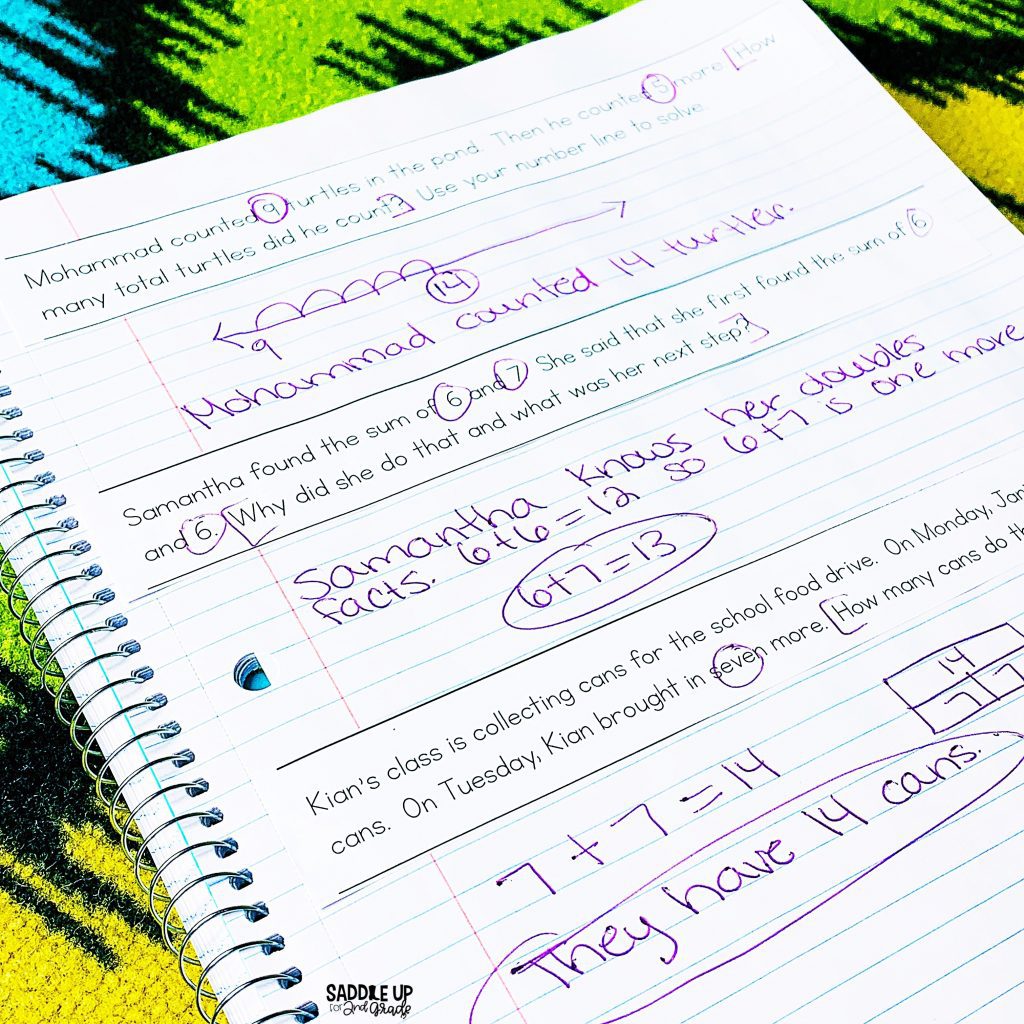
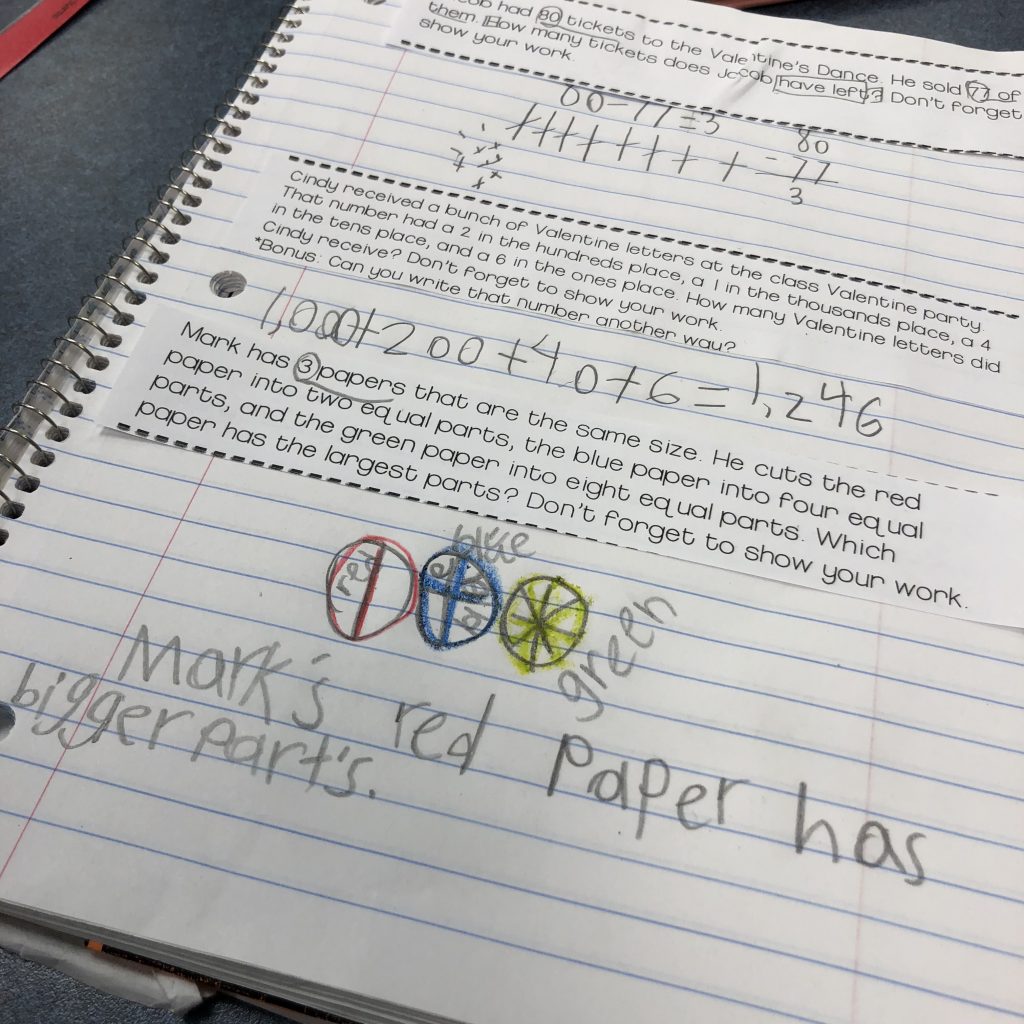
Math interactive notebooks are perfect to use for creating graphic organizers and studying mathematical vocabulary.
Again, graphic organizers and vocabulary are not just important for reading and writing. Students can create a 4 square chart in their math journal to show their understanding and take notes on new vocabulary words for math concepts.
As a new math vocabulary word is introduced, students will draw a picture, write the definition, and give a definition and non-definition, like shown in the Telling Time Unit example below.
They can even add other graphic organizers to their math journal such as a place value chart, 100s chart, etc.
Not only does this help students during the learning process, but it is a great reference tool to use throughout the year.
Math interactive notebooks are very useful for spiral review and independent practice. As students add to their math notebook, they can easily flip through and review what they’ve previously learned throughout the math unit or the year.
They can also revisit an activity to review after a small group lesson or whole group mini lesson.
Students can complete interactive notebook activities during independent practice time as well. Activities such as flip-flap activities and pocket chart sorts, like the Money Unit example below, are a great way to get your students interacting and engaged in the learning.
The final way that I’ll share is to incorporate your math interactive notebooks into your math stations. This is a great way for students to practice the skills taught in your whole group or small group lessons while gaining independence and problem-solving skills.
You can provide them with a pre-made template, such as this draw & measure activity example below. Pre-prep some of the pieces or use a basic template that only requires one simple cut. Then place the copies at the math station for students to complete.
For more tips on prepping materials and providing examples for students at math stations, be sure to check out part 2 of this blog series, all about interactive notebook tips and tricks!
I hope this post has given you more inspiration and ideas for ways to use math interactive notebooks in your classroom.
To learn more about the different ways to use math interactive notebooks in your classroom, head on over to my YouTube channel and check out my video where I dive in deeper.
Be sure to check out the other posts in this blog series all about interactive notebooks if you haven’t done so yet!
Part 1: Getting Started with Interactive Notebooks
Part 2: Interactive Notebooks Tips and Tricks
Feel free to pin the image below to come back to this post later!
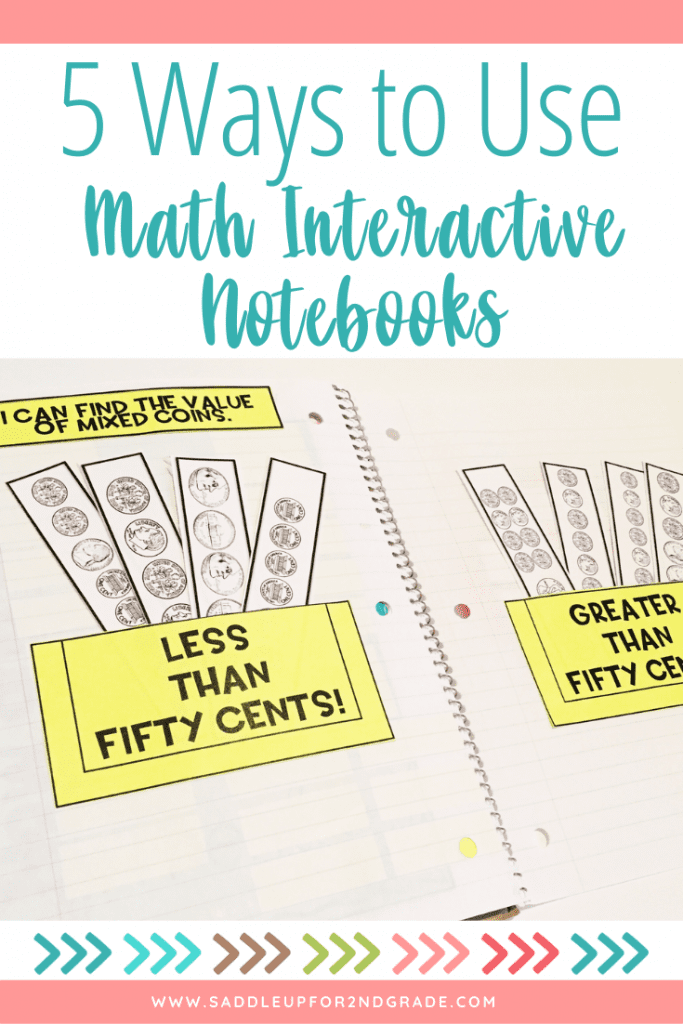
Math should be fun, not stressful. Ditch the timed math fact tests and replace them with math games that will help your students learn and retain information more effectively.
© Saddle Up for 2nd Grade • Website by KristenDoyle.co
